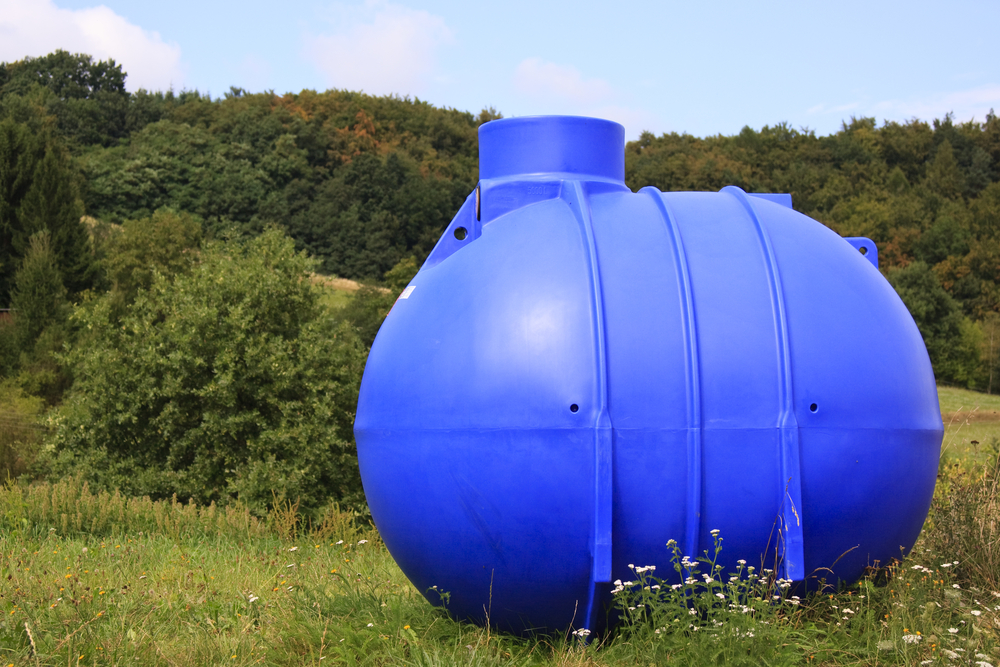 |
In general, the SPCC rules require covered owners and operators of aboveground bulk storage containers to “conduct integrity testing and routinely inspect” most containers with a capacity of 55 gallons or more, including:
- Large field-constructed or erected and small shop-built containers,
- Containers (partially buried, vaulted, or bunkered) in, above, or on the ground, and
- Double-walled containers.
These activities must be well-defined and written in a program within the facility’s SPCC Plan, and appropriate measures can vary by container type, size, age, and other factors. However, integrity inspection and testing is the backbone of the requirements and may include different combinations of external visual inspection, nondestructive testing, and other engineering tests to evaluate the overall condition of a storage container.
Simplify SPCC compliance with the NEW TRAC360 platform. In just a few minutes, see how easy it is to create compliant plans and checklists, train your team, and find answers to all your SPCC questions. Learn More.
For owners and operators that meet the requirements of a Tier I facility and choose to self-certify their SPCC Plan, adherence to “industry standards” is highly recommended by the U.S. Environmental Protection Agency (EPA) and the Agency routinely cites these standards in both regulations and guidance documents. The two primary industry standards are:
- The American Petroleum Institute’s (API) Standard 653, “Tank Inspection, Repair, Alteration, and Reconstruction” —Typically used for field-erected inspection programs, the API 653 focuses on steel tanks built in accordance with specifications of API 650 or the earlier API 12 standards and provides minimum requirements for maintaining in-service tank integrity, including inspection, repair, alteration, relocation, and reconstruction.
- The Steel Tank Institute’s (STI) “SP001 Standard for the Inspection of Aboveground Storage Tanks” (STI SP001) —Focuses on welded, metal, shop-fabricated, and smaller field-erected containers and provides additional assistance with such portable containers as 55-gallon drums and intermediate bulk containers of both metal and plastic design.
These two standards can be used by both self-certifying Tier I facilities and Tier II facilities and are instrumental in defining some of the more subjective aspects of SPCC requirements, such as “good engineering practices.” It is important to note, however, that the decision to use an industry standard as the basis for an SPCC inspection program is “ultimately up to the owner/operator” and compliance with the chosen standard (or portions of the standard) becomes mandatory within the SPCC storage container inspection program.
TRAC360 for SPCC provides all of the PE-written and reviewed templates that you need to create your facility-specific required plans, checklists, and training. See how it can solve your top compliance challenges. Find out.
Another important caveat is that qualified Tier I facilities “cannot deviate from applicable industry standards” when following Tier I requirements.
For Tier I facilities, the API and STI standards can also help owners and operators clarify such things as how often testing is needed to meet the “regular schedule” requirement. According to the EPA, qualified Tier I facilities can develop an “inspection and/or testing program by following the protocols identified in the industry standards applicable for your oil storage containers or by contacting tank inspection professionals.”
Particularly helpful are the minimum requirements contained in both API 653 and STI SP001 for baseline and suitability evaluations. For example, while some containers may require only visual inspections (as defined in the standards), others may have no known baseline information available, and will subsequently require a two-phase data collection process, the first “to establish a baseline of the container’s existing shell and bottom plate thickness” and the second inspection “to establish corrosion rates in order to develop the next inspection interval.”
Another notable recommendation by the EPA is that concerning the length of time records of integrity testing and inspection should be retained. The SPCC rule requires records be kept “no less than three years.” However, the EPA also recommends following the advice of the accepted industry standards, which is to retain records “for the life of the container.”
